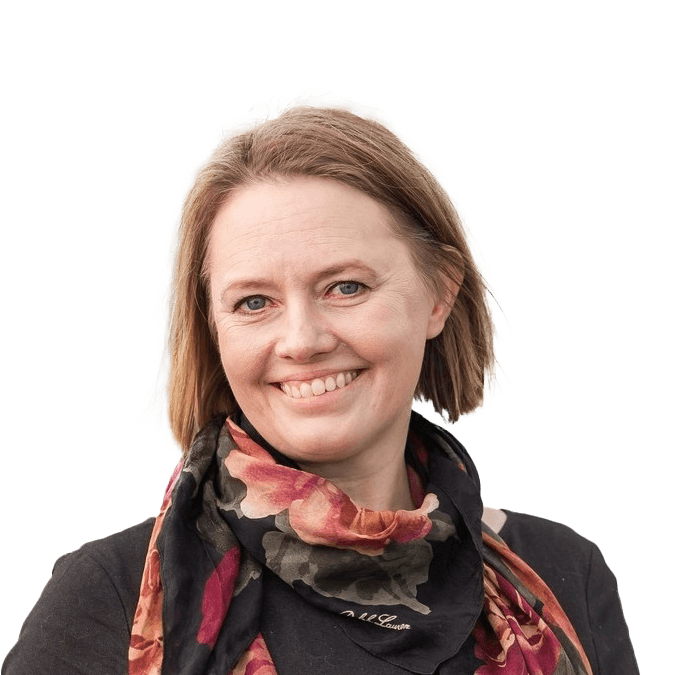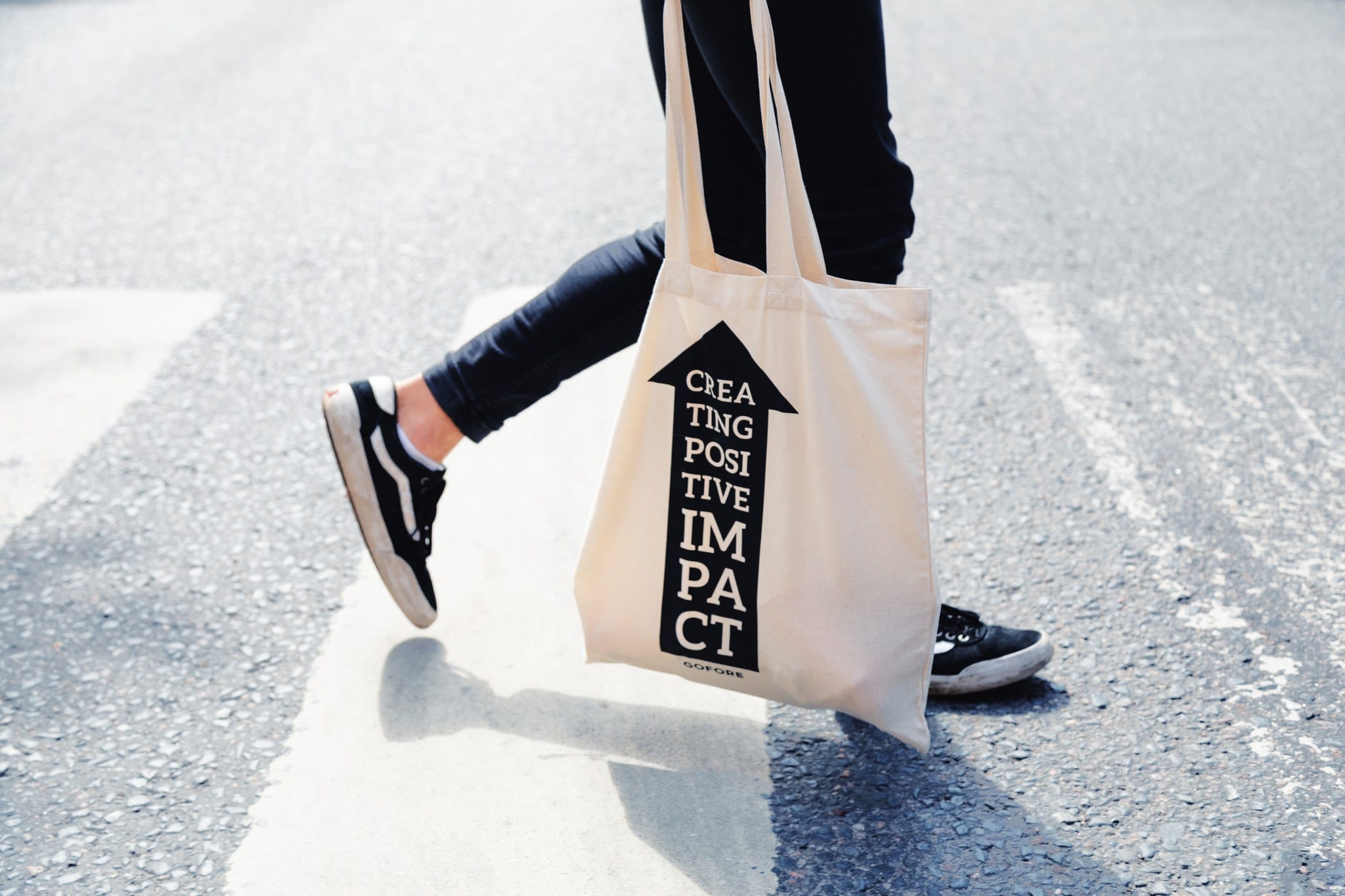It’s the end of March and many companies have published or are going to publish soon their annual corporate sustainability reports. What happened last year within the sustainability theme? Did we achieve the targets that were set, and most importantly did we focus on the right things, the most valuable impacts to increase our positive impact towards the society and environment? In fact, how do we identify sustainable business within our organisation and predict our sustainability actions, instead of just looking into the rear-view mirror?
In many companies it seems that sustainability is lacking behind in digitalisation and data-driven management. Even though there is an enormous amount of work behind the sustainability reports, sustainability related data is in many cases scattered around, the figures are collected and analysed largely by hand (e.g., manpower) from multiple sources and separate IT tools or systems. A lot of new information would be required also along the value chains. Why are things like this?
This year came into force the EU Taxonomy (a classification system for sustainable actions) and it seriously kicked some speed in aligning sustainable business operations and unifying the CR reporting related to it, and the new Corporate Sustainability Reporting Directive (CSRD) will expand the responsibility for reporting. In the Taxonomy, from the six environmental objectives only first two ones (climate change mitigation and adaptation) have been approved. The Taxonomy will develop further, and more detailed assessments of each business units and company operations will be needed. I can imagine that this won’t work anymore by handling Excel spread sheets.
The economical pillar of sustainable development is becoming more important, and the new obligations will require an unified approach in handling sustainability related data alongside with the financial reporting. The amount of required data is huge, and it must be incorporated to the existing information systems and decision-making. In any organisation, wouldn’t we want to simplify this and if possible, do the data gathering and required analytics automatically?
Companies that start developing data management and digitalisation within sustainability can perform better and be more reliable in the eyes of investors, financial institutions or other stakeholders. Planning the sustainability targets and measures based on reliable data is also a key in increasing the much-needed transparency and building customer or consumer confidence. This is the final call for companies to seriously invest in the sustainability data gathering, developing the processes and management systems and digitalisation capability in sustainability, instead of increasing manual labour or buying new sustainability tools.
ESG issues are important for Gofore as well and like before our company is aiming for increasing the portion of impactful projects. Pay attention to our newly published sustainability report 2021.
Want to contact our experts?

Head of Design.
+358 50 3257 207
teija.hakaoja@gofore.com

Service Designer.
+358 40 1602 650
minna.tontti@gofore.com

Chief Sustainability Officer.
+358 40 7423 411
kristiina.harkonen@gofore.com



